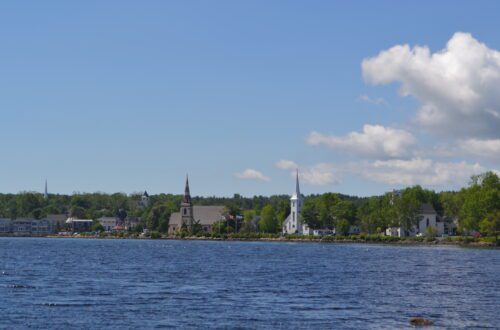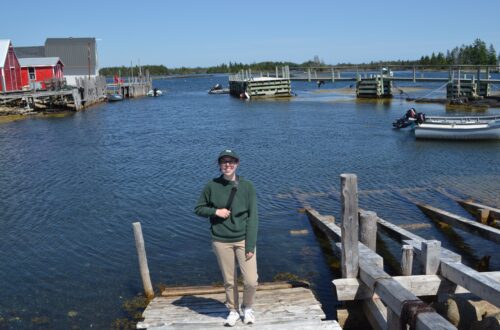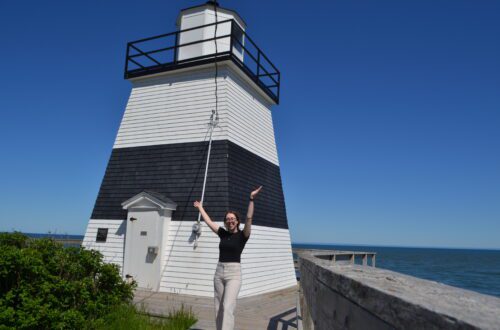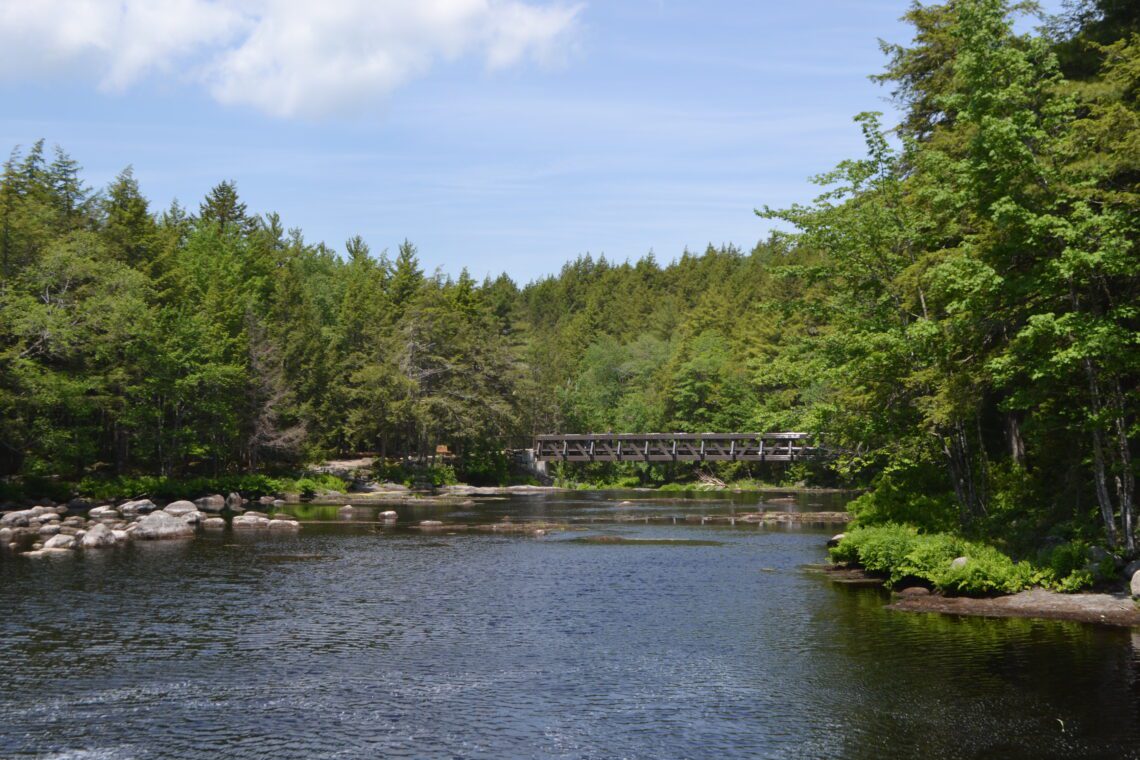
Small Town Canada Spotlight: Kejimkujik National Park and National Historic Site
In another edition of Small Town Canada Spotlight, we’ll be diving into the history of Kejimkujik National Park and National Historic Site, located near Maitland Bridge, Nova Scotia. Kejimkujik has been a popular national park over the past five decades, but its importance to the Mi’kmaw people dates back thousands of years.
Kejimkujik National Park and National Historic Site beautifully intertwines natural landscapes with cultural heritage. The park is located on the traditional lands of the Mi’kmaq, who historically used the area as a hub for canoe routes due to its convenient portages. In addition to these travel routes, the cultural landscape of Kejimkujik features Mi’kmaw petroglyphs, habitation sites, fishing sites, hunting grounds, and burial sites.
The Mi’kmaq Connection to Kejimkujik
There are a few interpretations of how the park got its name. Some say that Kejimkujik can be translated to “tired muscles” in the Mi’kmaw language, which would relate to the physical effects of an often long canoe trip through the area’s waterways from the Bay of Fundy to the Atlantic Coast. Other sources interpret its meaning to be “swollen waters” or “attempting to escape” instead. Parks Canada notes that the region got its name from a word in the Mi’kmaw language, kejimkuji’jk, which actually means “little fairies.”
The concept of fairies could also be interpreted as little people, or gnomes, which take on various forms in Mi’kmaw culture. For instance, Wiklatmu’j are small entities believed to be depicted in the many petroglyphs found at Kejimkujik. Historically, Kejimkujik Lake, the second-largest freshwater lake in Nova Scotia, was known as Fairy Lake before being renamed Kejimkujik when the park opened over fifty years ago. Even to this day, one of its bays is still called Fairy Bay.
One of the most significant travel routes for the Mi’kmaq was the Mersey River. This river drains into areas deep inland, including Kejimkujik Lake, before flowing into the Atlantic Ocean. In the past, the Mi’kmaq travelled up the Mersey River to the area around Kejimkujik Lake, where they lived and hunted during the fall and winter months. This seasonal movement coincided with the inland migration of caribou, which was an essential food resource for the Mi’kmaq.
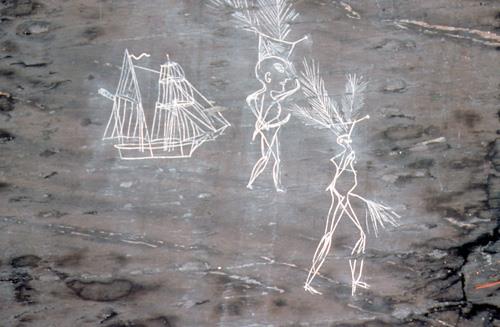
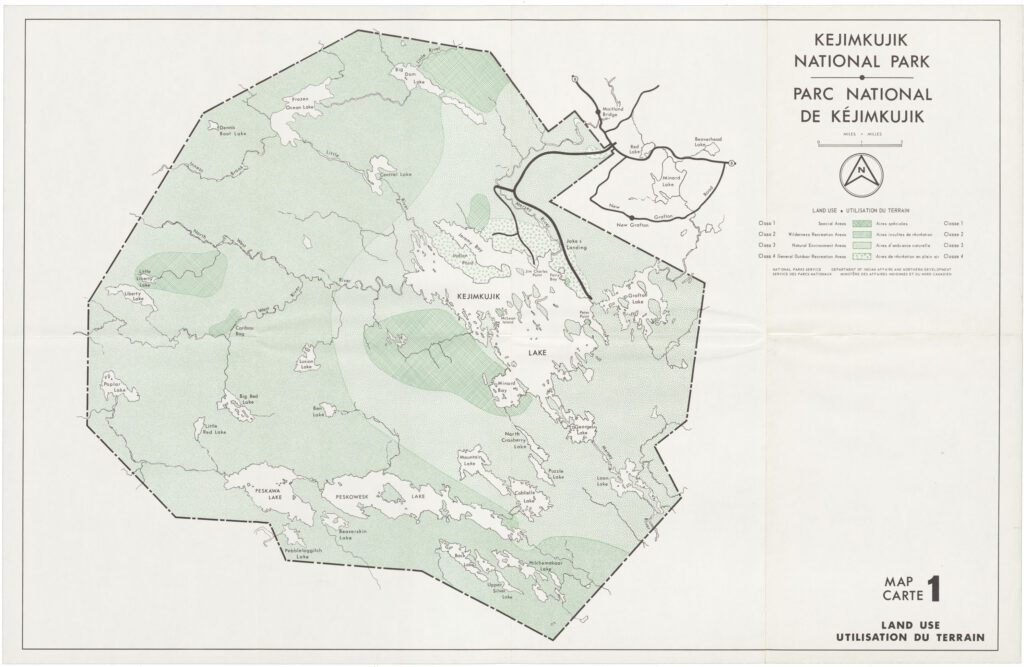
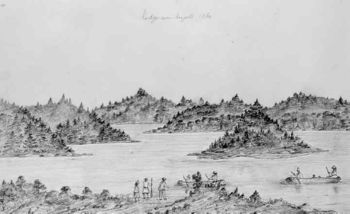
Historically, the Mi’kmaq would make their mark during these journeys by creating stone carvings called petroglyphs on protrusive slate bedrock along the shore. These petroglyphs, dated to the 1700s and 1800s, depict scenes from the traditional Mi’kmaw way of life shortly after European colonization of the area, illustrating aspects of hunting, fishing, and wildlife, as well as sailing ships, horses, and other elements of European colonial culture. Currently, they can only be viewed on guided tours as a way to honour and protect these significant images.
Kejimkujik National Park and National Historic Site Today
Before being established as a national park, the area around Kejimkujik Lake was a popular tourist destination for sport fishing and hunting. During the late 19th and early 20th centuries, most visitors taking in the sites came from Canada, the United Kingdom, and the United States. Many cabins and lodges were built around the eastern shores of Kejimkujik Lake to accommodate the growing number of tourists, some of whom included notable guests such as baseball player Babe Ruth and author Zane Grey.
In 1969, the Government of Canada designated the wilderness areas surrounding Kejimkujik Lake as a National Park of Canada. This label allowed the government to protect the region’s Mi’kmaw history, its intact old-growth Acadian forest, and various rare wildlife communities. For over five decades, outdoor enthusiasts have been enjoying this stunning national park, which offers a range of activities, including hiking, biking, camping, canoeing, and exploring the Mi’kmaw petroglyphs. Additionally, it boasts an impressive variety of reptile and amphibian species, more than anywhere else in Atlantic Canada.
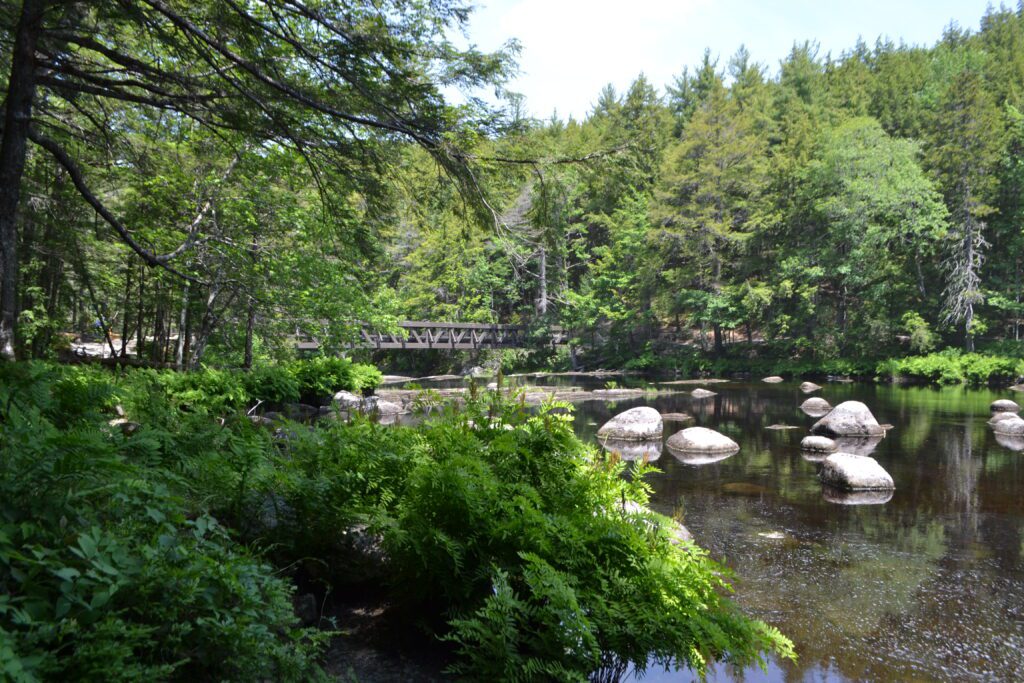
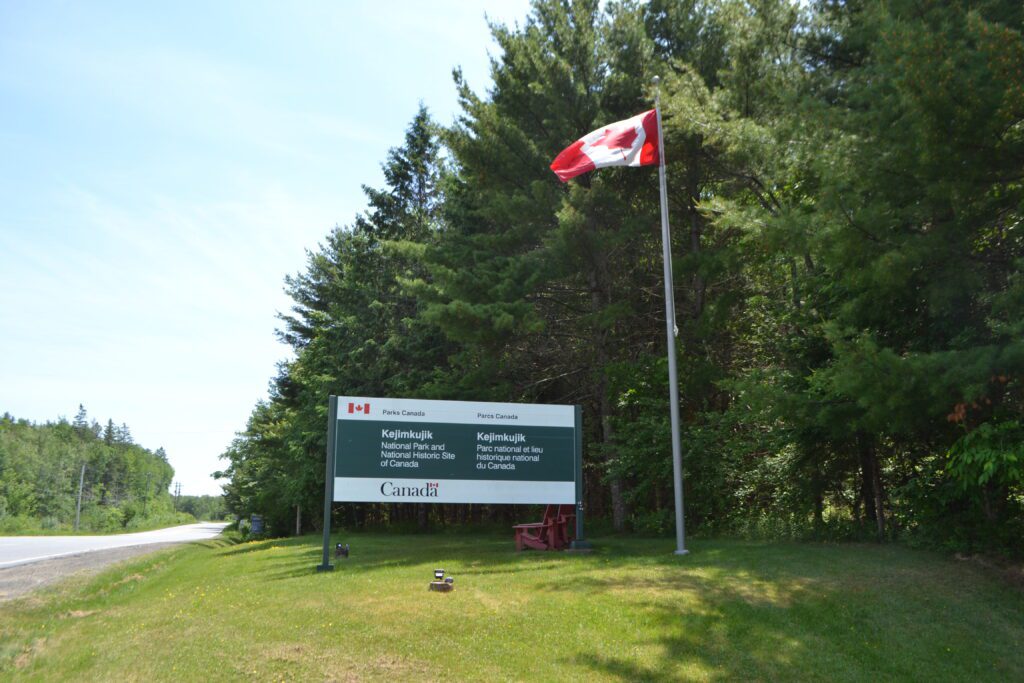
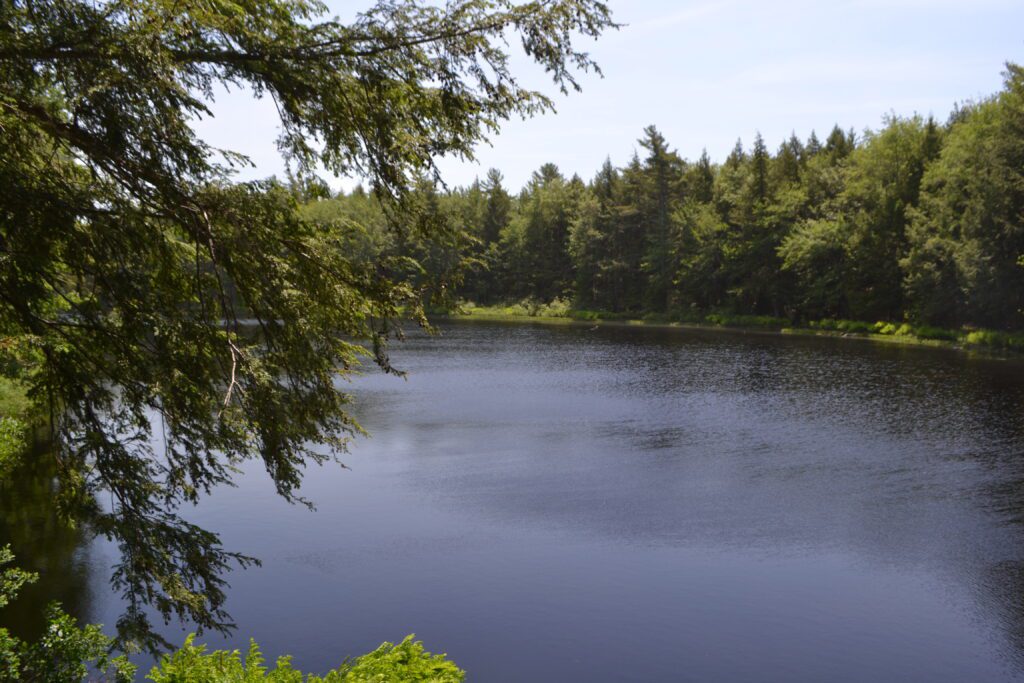
Kejimkujik, affectionately known as Keji, was designated a National Historic Site in 1995, in addition to its status as a national park. This change made it Canada’s first and only heritage site to hold both statuses for its entire landscape. Kejimkujik National Park was appointed as a Dark-Sky Preserve in 2019, becoming the first of its kind in Nova Scotia, following approval from the Royal Astronomical Society of Canada.
Kejimkujik National Park and National Historic Site emphasizes its historical significance, while its sister park, Kejimkujik National Park Seaside, is part of a protected coastal wilderness in Port Joli, Nova Scotia. There, visitors can explore a variety of wildlife, including coastal bogs, rich lagoon systems, and pristine white-sand beaches.
A big thank you to Parks Canada and the Nova Scotia Archives for the wonderful photos provided on their websites.


